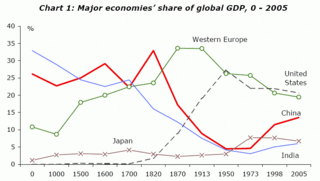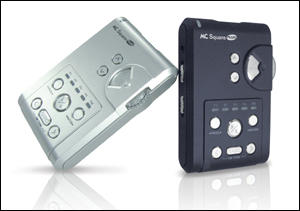HapMap Catalogue of Human Genetic Variation Published
The completion of the first phase of the so-called HapMap – a haplotype map of single nucleotide polymorphisms (SNPs) – was announced at a press conference in Salt Lake City, site of the American Society of Human Genetics convention.That is pretty cool research. In the future I figure we will all carry our mapped genome with us, on our iPod or something. How much space would it take? The human genome is around 3.2 billion base pairs, and we each have 2 sets of chromosomes so that gets to 6.4 bil base pairs. Divide by 4 to turn base pairs into bytes and you get 1.6GB. So you would have to take up almost 1/2 of the memory in your new 4GB iPod Nano.
The genomes of unrelated individuals vary on average at one DNA base per 1,000, or some 3 million locations across the human genome. In total, there are thought to be about 10 million single-base variations, or SNPs, in the human genome.
The published Phase I version has more than 1 million mapped SNPs. However, the data for Phase II have already been generated, consisting of an additional 2.8 million SNPs.
But, what if instead we though of our ourselves as being just the diff between the standard genome (which I think ended up being a lot of Craig Venter) and our personal genome. Then instead of needing 6.4 bil base pairs, we need just our SNPs, or about 3 million bp. 3 mil bp in bytes ends up being 750 KB. That is tiny! Less than the size of a song on an iPod, it would fit on those old 1.4MB floppies. Heck, it almost would fit into the 640KB RAM of the old PCs. Now you could put it on almost any portable media and it would be a rounding error.
Via Bio-IT World











